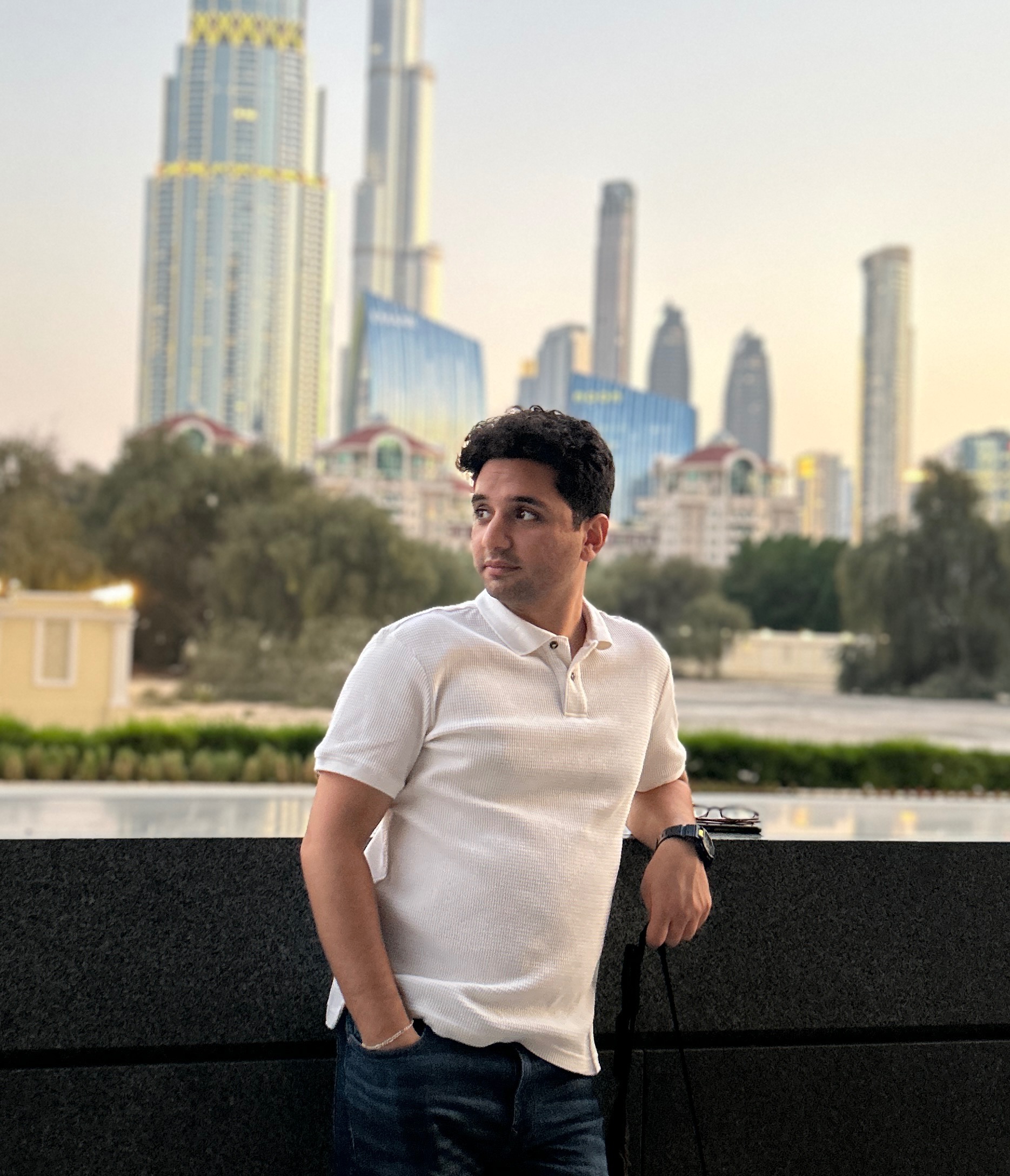Audio Presented by

Picture me in between algorithms, cups of coffee, and super long debugging sessions.
Story's Credibility



About Author
Picture me in between algorithms, cups of coffee, and super long debugging sessions.

Picture me in between algorithms, cups of coffee, and super long debugging sessions.


Picture me in between algorithms, cups of coffee, and super long debugging sessions.